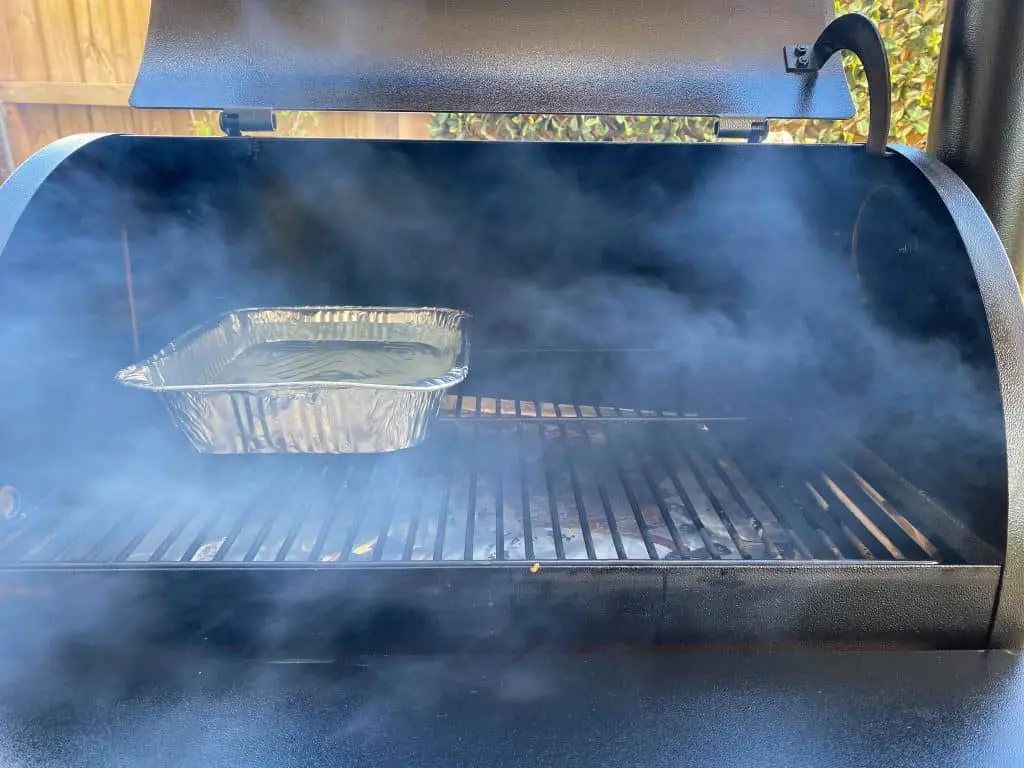Controlling the temperature and the smoke is the key to barbecue, but the complexity comes from the endless different factors that play their part. It’s already a battle in some climates smoking against some of the harsher weather conditions, but should you need to worry about the humidity too?
These are the most important ways that humidity affects smoking meat, some you can eliminate and some that you can use to your advantage.
Does Humidity Affect Smoking Meat?
When you think about it simply, humidity is just how much water vapor there is in the air. The more humid the air, the more moisture it holds. A high humidity affects the meat smoking process as it keeps the meat moist and holds the temperature higher. A low humidity on the other hand allows the moisture to evaporate and cool the meat down. This tends to slightly dry the meat and also slows the cooking process.
The moisture on the surface of the meat usually evaporates cooling the meat down a bit as it cooks. If the conditions are too humid, there will be too much moisture on the meat and in the air for this evaporation to occur, which means the temperature is able to rise much more steadily. This occurs when you wrap your meat in foil or butcher’s paper, essentially changing the humidity conditions and helping the temperatures rise — past the notorious brisket stall for example.
In low humidity conditions the moisture on the meat more easily evaporates, and the low water content in the air and smoke can more quickly dry out the meat. This is where spritzing or mopping the meat with sauce can make a difference.
However, unless you are at the extreme ends of the humidity scale you won’t notice the biggest difference between the humidity levels and you’ll still get that beautiful smoke ring. This is mainly because you can influence the humidity yourself throughout the cook, whether it’s by adding a water pan, spritzing, or just by wrapping your meat at the ideal times.
How Much Can Humidity Affect Cooking Times?
The difference in the humidity that your climate has does play a part in the cooking process, affecting moisture levels, heat, and subsequently the cooking time. Meat tends to hold at hotter temperatures in high humidity versus low humidity conditions, therefore making it quicker to physically cook the meat to your desired temperature.
However, humidity will also change how you manage each step of the barbecue process. From getting your smoker going, to spritzing your meat, to choosing when to wrap the meat and beat the stall when you’re smoking pork butt or brisket as an example.
For example, in low humidity conditions you may wish to wrap your meat earlier, or spritz more often to add additional moisture and flavor, and extend the total smoke time. In high humidity conditions where there is an abundance of moisture in the smoker, you may wish to delay the wrapping phase and build a stronger bark.
So humidity does affect cooking times, but when it comes to how much, that all depends on what you’re smoking, how you’re smoking it, and what you’re smoking it in. Rain, wind, and cold affect the smoking process much more, but humidity does play its part.
How Does A Water Pan Affect Humidity?

A water pan provides the inside of your smoking chamber with more moisture, raising the humidity levels. This is because as it heats up the moisture from the water mixes with the air, and that vapor circulates with the smoke and covers your meat. The high humidity helps keep the meat moist, but does also encourage higher temperatures as there is too much moisture on the surface of the meat to precipitate and cool it down.
If your smoker does require a drip pan, such as in a charcoal smoker, do be aware that this also works as a water pan to increase the humidity levels. With other smokers using a water pan is optional, like when using a water pan in a pellet smoker.

